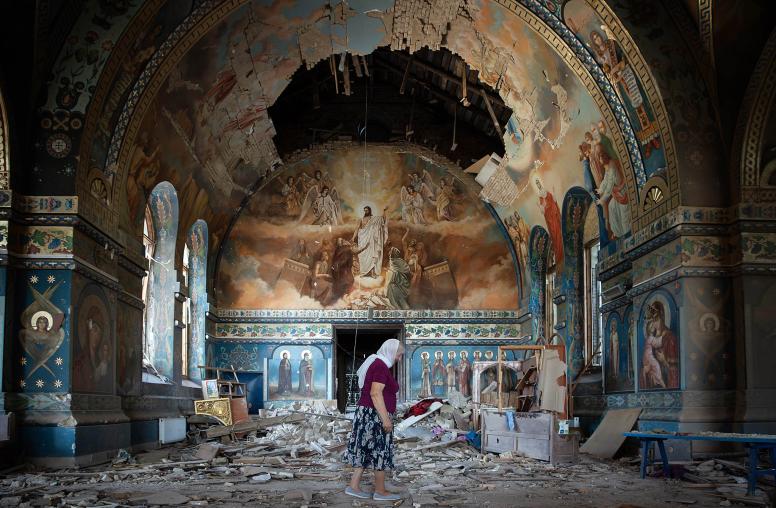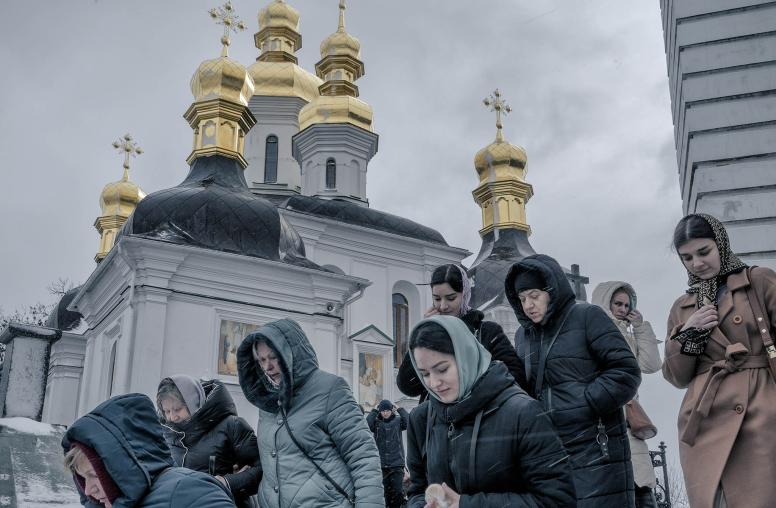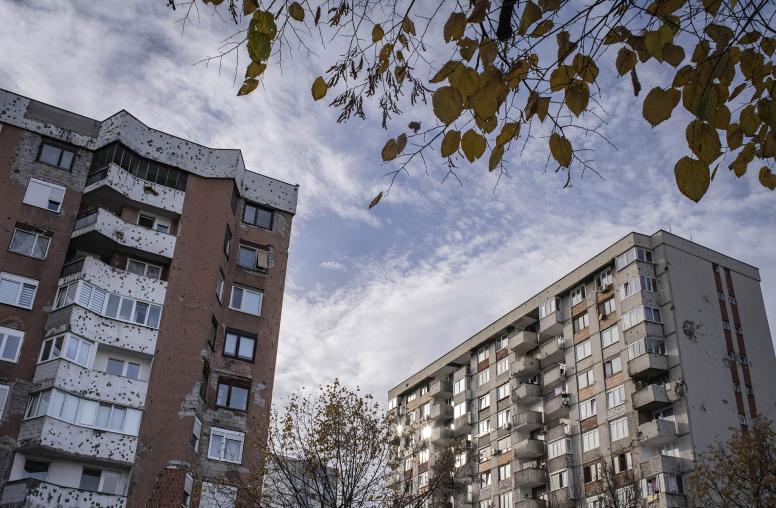To ignore religious views and leaders in U.S. foreign policy would be to ignore a major part of what shapes societies, as religious actors often act as an anchor for communities and occupy a position of trust and influence. In recognition of this, the White House released the first-ever national strategy on religious leader and faith community engagement in U.S. foreign policy in 2013. A decade later, USIP gathered some of the key players who contributed to the strategy to reflect on the importance of long-term U.S. religious engagement abroad, lessons learned from the last decade and why relationships with religious actors are not just good for U.S. national security, but for global security more broadly.



